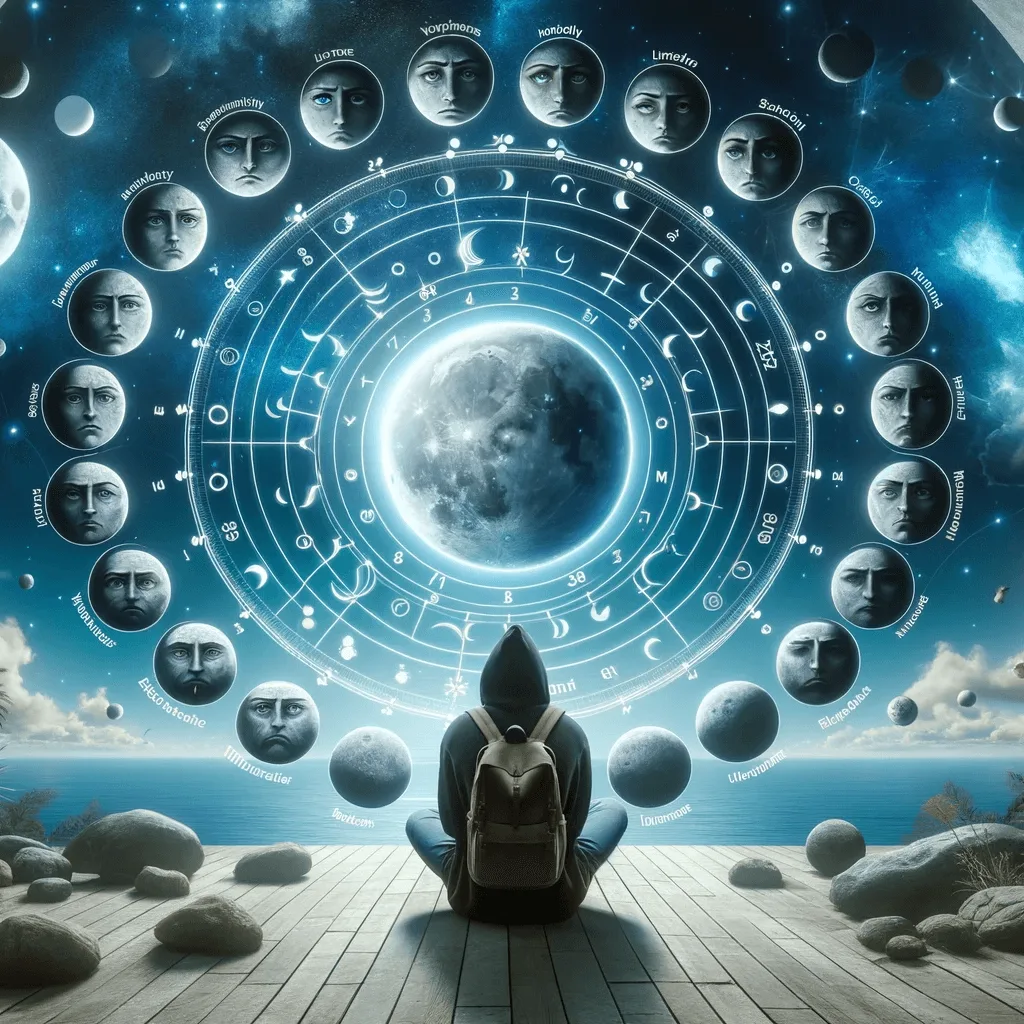
Foundations Of Biorhythms: Unearthing The Origins
Biorhythms, a term that has intrigued many over the decades, encapsulates the idea that our lives are influenced by intrinsic rhythmic cycles. But where did this concept originate, and upon what principles is it grounded? Delving into its roots offers a glimpse into its fascinating history and foundational theories.
article by Adrian Wallace
The Early Pioneers
The modern understanding of biorhythms traces back to the early 20th century. Two primary figures stand out in its early development: Dr. Wilhelm Fliess, a physician, and Hermann Swoboda, a professor. Both independently arrived at the notion that human beings experience predictable patterns in their physical, emotional, and intellectual states.
The Numerical Basis
Central to biorhythmic theory are three distinct cycles, each with a specific duration: the 23-day physical, the 28-day emotional, and the 33-day intellectual cycle. These durations were not arbitrarily chosen. Fliess and Swoboda's observations, albeit separately, converged on these numbers, suggesting a synchronization with natural human processes, such as the menstrual cycle's alignment with the 28-day emotional rhythm.

Physical Cycle: The Body's Blueprint
The 23-day physical cycle is believed to govern our vitality, stamina, and overall physical energy. Its basis lies in observations of patients' physical recoveries, patterns in strength, and susceptibility to ailments. This cycle proposes that our physical well-being ebbs and flows in a predictable manner, with days of vigor and days of fatigue.

Emotional Cycle: Mapping The Heart's Beat
The 28-day emotional cycle, reminiscent of lunar phases, charts the landscape of our feelings, moods, and general emotional well-being. Early proponents observed patterns in emotional responses, mood shifts, and even artistic and creative outputs, correlating them with this cycle's peaks and troughs.
Intellectual Cycle: The Mind's Odyssey
The 33-day intellectual cycle, slightly longer than its counterparts, focuses on cognitive abilities, decision-making, learning capacities, and analytical skills. It is based on patterns observed in intellectual performance, clarity of thought, and problem-solving abilities across varied individuals.

Modern Interpretations & Tools
Today, with the blend of technology and renewed interest in holistic health, biorhythms have found their way into apps, online platforms, and wellness programs. These tools, while rooted in age-old observations, offer a contemporary approach, allowing individuals to chart and align their activities based on their biorhythmic cycles.
Biorhythms, as a concept, is built upon centuries of observation, pattern recognition, and a quest to understand the human experience's rhythmic nature. While debates about its empirical validity continue, its foundations offer a captivating look into the intertwining of biology, emotion, intellect, and time.
Published: 10/19/2023
Modified: 11/14/2023
More predictions
Come back here soon to learn more about yourself and your future





